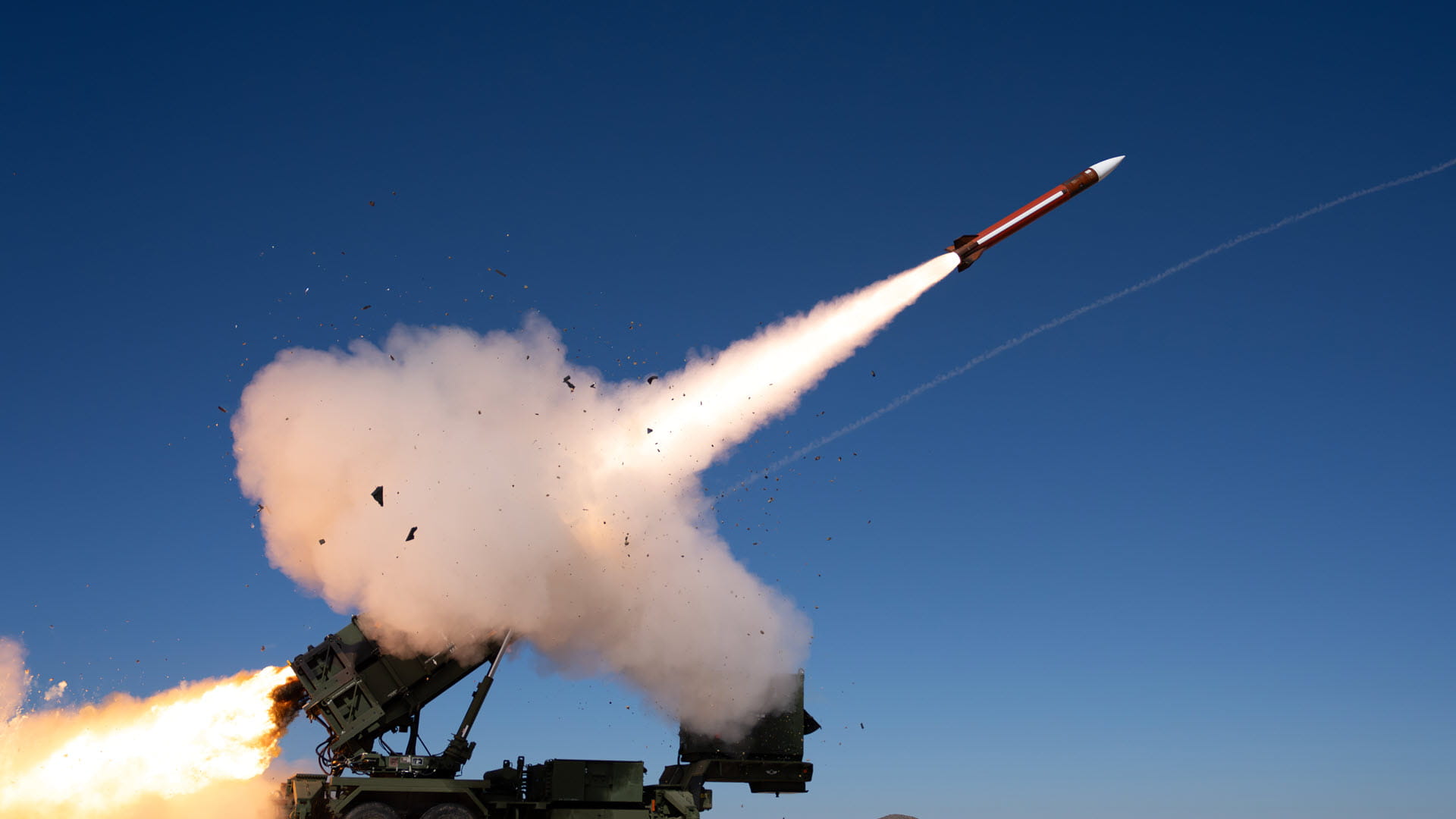A ‘USB’ for satellites
Approach simplifies connecting satellites to ground & each other
Remember when you needed a separate cord to connect anything to your computer? It made everything more complicated and costly. Then the USB came along and changed everything.
For many in the space sector, the problem of a universal connection to satellites still exists – and it’s more than a nuisance. Almost every one of the thousands of satellites on orbit today has a unique ground control station to collect and process its data. With 1,100 satellites set to launch annually by 2025, according to MIT Technology Review, the cost and technical challenge for operators across industry could be overwhelming.
“It’s simply not cost-effective to procure a new ground station every time you launch a satellite,” said Bob Canty, Constellation Management & Protection lead for Raytheon Intelligence and Space, one of the four businesses that form Raytheon Technologies. “Think about how the USB port for computers made other connections obsolete, and you get an idea of what our advanced mission management options do to unify satellite ground station operations.”
Engineers at RI&S are pioneering new constellation management technology to control multiple satellites from a single ground station. The tech not only connects satellites to the ground, but also to one another. That’s important because space-to-ground communications have time delays that can range from minutes to hours. Rather than waiting, if a particular object passes out of a satellite’s range, the satellite can simply tell the next satellite in range to pick it up.
But, as is often the case, technology could outpace operational concepts. Jeff Schloemer, RI&S chief engineer, Constellation Management and Protection, notes users will need to rethink how they previously managed their satellite constellations.
“The question is: ‘Now that I have all of these things consolidated, how do I manage them?’” said Schloemer. “This type of thinking wasn’t necessary before.”
RI&S mission management solutions allow customers to extract the highest amount of value from their on-orbit assets. There’s also virtually no data duplication or imagery overlap, which increases the amount of usable data a satellite collects. Combined with technology that automatically adjusts to collect environmental condition data – like clouds – customers can do more with fewer satellites.
“Informed decisions come down to time and data. How can I get the right data now, not 90 minutes from now?” asked Schloemer. “When you talk about time frames in terms of minutes, potentially faster, that is significant. It gives decision-makers the time they need to go through the data to make the right decision.”
This type of constellation management applies to any number of satellites, whether it’s a few or it’s constellations of 50 to 100.
“We aren’t building something theoretical,” said Schloemer. “Managing multiple satellites from one ground system works right now. We’ve seen it in programs like Constellation Scheduling System with Maxar.”
One area showing great promise is the use of intelligence gathered in space to predict weather. Instead of monitoring for events that lead to certain outcomes – such as a storm forming off the coast of Africa that could eventually become a hurricane in the Atlantic – the new approach would monitor for the precursors to those events. In this example, satellites could monitor for dust clouds moving across the Sahara Desert, which often form into the African storms that later become Atlantic hurricanes.
Such high-probability prediction could result in even longer lead times for threat detection than provided by current satellite data. It would allow for greater warning time or more data collection in advance of high-impact events.
“What we’re doing is looking at how to take the incredible amounts of data available to predict events,” said Canty. “That’s where our constellation management capabilities come in. We can pull all of these satellites’ data together to make activity-based, data-driven predictions, leaving time for intelligent decisions.”




